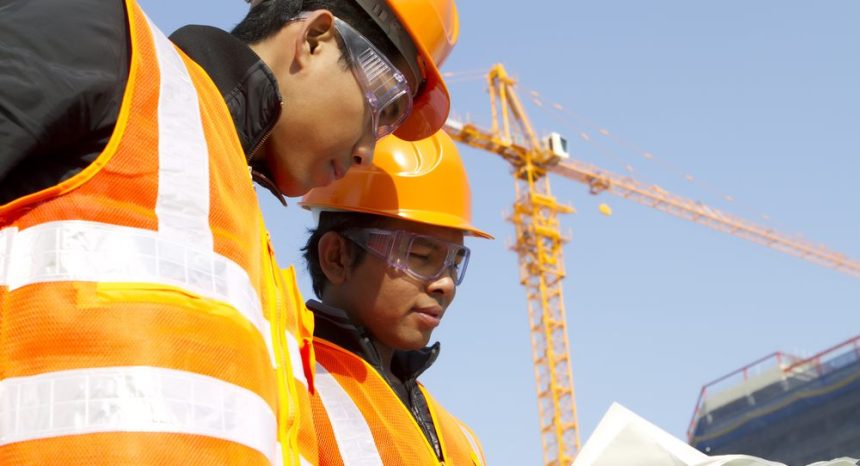Researchers say there’s been a whopping 56 per cent increase in construction workers speaking a language other than English over the last decade.
The report from the Housing Industry Association (HIA) found that the nation’s job sites were in for a “culture shift” as Asian migrants dominated the influx of skilled workers from overseas.
Over the last decade, Mandarin has taken the top spot as the most common non-English language used by tradies, being spoken by 11.2 per cent of those who speak a language other than English at home.
Arabic was the second most common non-English language in both 2011 and 2021, although the share of Arabic-speaking workers declined from 9.4 per cent to 8.1 per cent over the same period.
The share of workers hailing from European countries like Greece, Italy and Croatia which used to make up the bulk of migrant workers declined, having their long-standing rankings in the top 10 most common non-English languages replaced by Punjabi, Hazaraghi and Korean.
In 2011, Punjabi and Hazaraghi speakers accounted for only 0.7 per cent and 0.4 per cent of the construction industry’s workforce, but have since jumped to 3.7 per cent and 2.9 per cent respectively in recent years.
With over 200 languages and dialects now spoken on-site, the share of workers that speak a language other than English grew at almost double the rate of the English-speaking cohort over the last decade and now accounts for 16.4 per cent of the workforce.
We need targeted migration
While the HIA said the results reflect “Australia’s success as a multicultural society”, Executive Director Geordan Murray voiced concern that the Albanese government’s migration review fails to address the need for more targeted and expedited pathways for skilled construction workers.
“The construction industry still rates very poorly compared to other sectors when recruiting migrant workers,” Murray said in a statement shared with Build-it.
“Only 24.2 per cent of the construction industry migrated to Australia at some point, this ranks 16th out of Australia’s 19 major industry sectors.”
The construction industry accounts for 9 per cent of Australia’s total workforce, yet only 6.4 per cent of those who migrated to Australia over the last decade are working in this industry.
In comparison, Australia’s finance and insurance services sector has the largest share of migrant workers at 39.6 per cent.
According to Murray, the industry is still a long way off from reaching the national migrant worker average of 32 per cent.
“This 2.6 percentage point gap ranks as third largest amongst the 19 major industry sectors, only the public administration and education sectors fared worse,” he said.
“Despite a series of reviews, public consultations, and the release of the Government’s Migration Strategy, there is little to suggest that anything is going to improve the construction industry’s ability to recruit skilled workers from overseas.
“We must do better for the system needs fixing, without these workers there is very little chance of building the 1.2 million homes the government aims to deliver over the next five years.”







